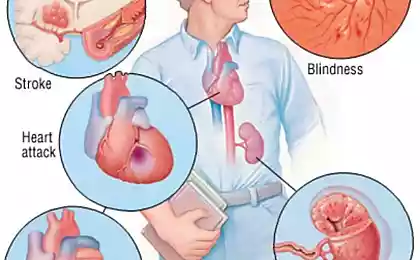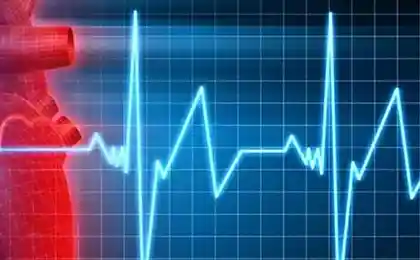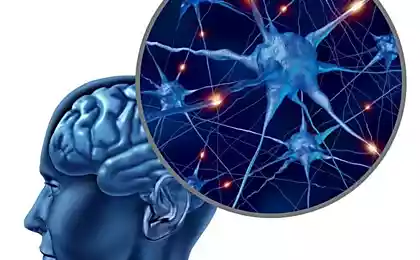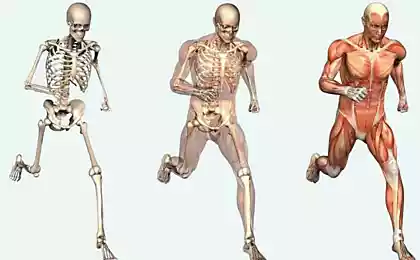153
Why dizzy and darken in the eyes with a sharp rise: a scientific explanation
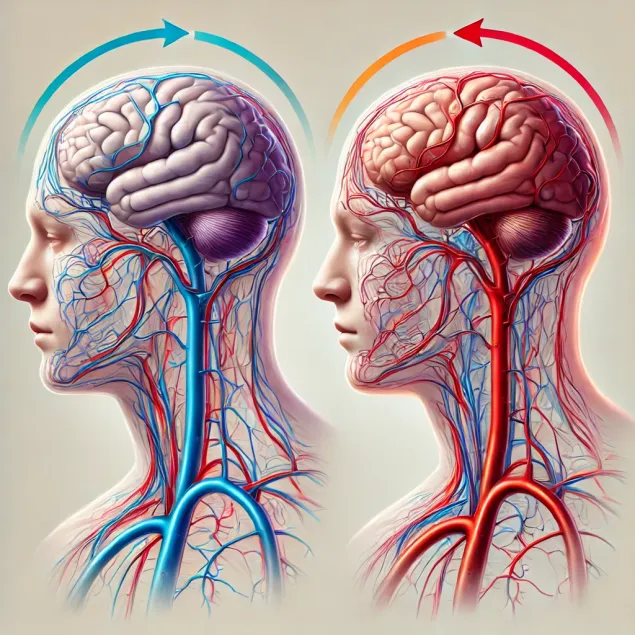
Each of us at least once experienced this unpleasant sensation: you get out of bed or sofa, and suddenly rolls dizziness, and a dark veil appears before your eyes. This condition, known medically as orthostatic hypotension, has a clear scientific explanation and in most cases does not pose a serious danger. However, it is important to understand its mechanisms and know when to see a doctor.
The mechanism of dizziness with a sharp rise
When we are in a horizontal position, the blood in our body is distributed relatively evenly. With a sharp transition to a vertical position, about 500-800 ml of blood is instantly redistributed to the lower part of the body under the influence of gravity. This leads to a temporary decrease in blood supply to the brain.
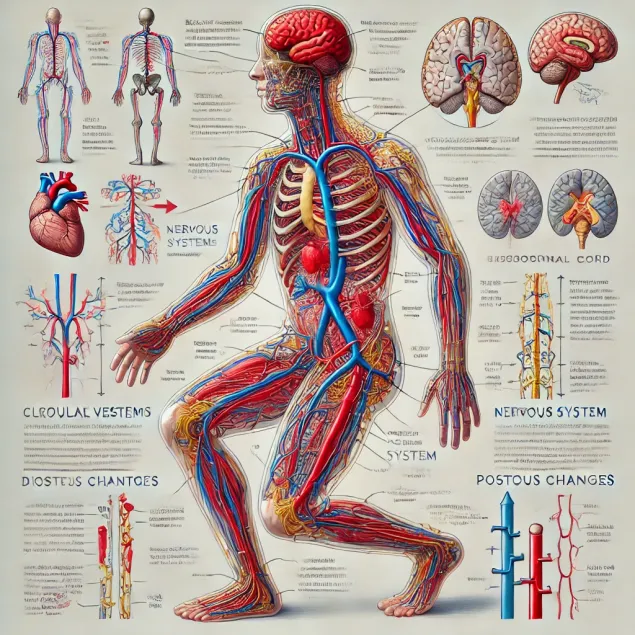
What's going on in the body?
Normally, our body reacts instantly to changes in body position. Baroreceptors (special pressure sensors) in blood vessels detect a drop in pressure and send signals to the center of blood circulation regulation. The response is:
- Increased heart rate
- Narrowing of peripheral blood vessels
- Increased strength of heart rate
- Activation of mechanisms for maintaining blood pressure
Risk factors and causes of increased symptoms
Studies show that about 20% of people over the age of 65 regularly experience symptoms of orthostatic hypotension. The risk of developing this condition increases with:
- Dehydration
- Taking certain medications (especially antihypertensive)
- Long bed rest.
- Pregnancy
- Presence of cardiovascular diseases
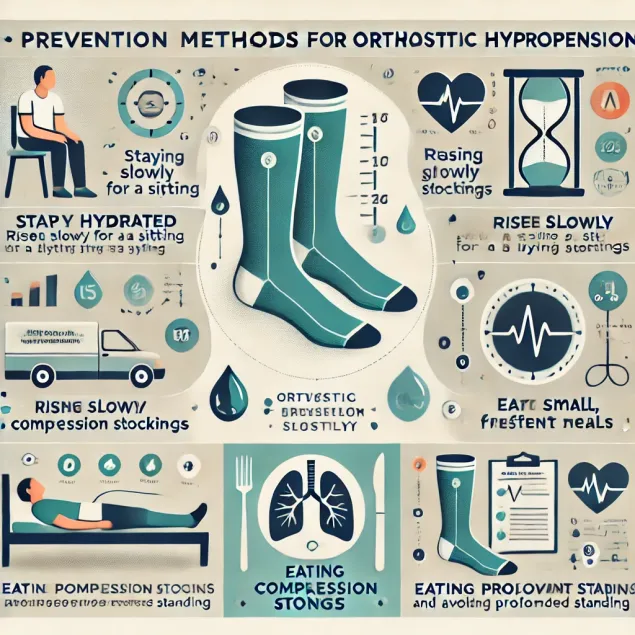
Prevention and recommendations
To minimize the risk of dizziness when standing up, follow simple rules:
- Get up gradually: first take a sitting position for 30-60 seconds, then slowly rise.
- Maintain an adequate drinking regime (at least 1.5-2 liters of water per day)
- Regularly engage in physical activity to improve cardiovascular function
- Avoid sudden movements after a long stay in one position
When it is necessary to consult a doctor
Although in most cases dizziness when standing up is not a serious danger, there are situations that require medical attention:
- Frequent falls or loss of consciousness
- Concomitant symptoms (chest pain, arrhythmia)
- Dizziness that does not go away for several minutes
- Regular episodes of dizziness that interfere with daily life
Conclusion
Dizziness with a sharp rise is a normal physiological reaction of the body to a change in body position. However, it is important to listen to your body and consult with medical professionals if necessary. Compliance with simple preventive measures will help minimize discomfort and maintain the health of the cardiovascular system.
Why you can not judge loved ones: the way to harmonious relationships
Nimbu chawal - lemon rice: A fragrant side dish from India

